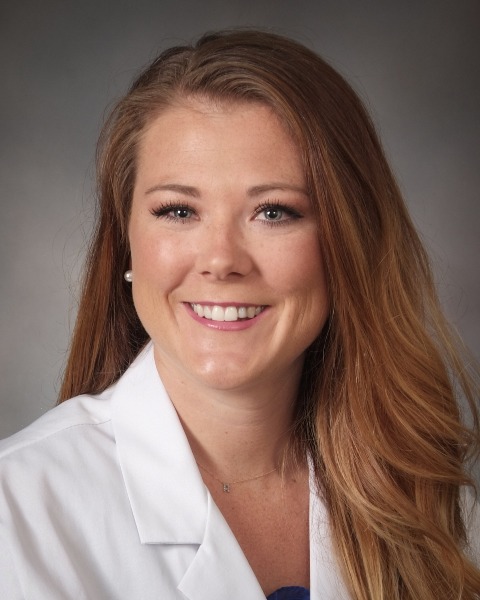Relationship Distress Among Advanced Practice Providers in a Single Academic Healthcare System
-

Lauren Beech, MSN, APRN
University of Kentucky Children's Hospital
Lexington, KentuckyDisclosure information not submitted.
-
VS
Vicki Stringfellow, MSN, CPNP-AC/PC
Advanced Practice provider
University of Kentucky - Dept. of Pediatrics & Critical Car Medicine, United StatesDisclosure information not submitted.
-
SD
Scottie Day, MD
Associate Professor
University of Kentucky, United StatesDisclosure information not submitted.
-
AS
Aric Schadler, PhD
Statistician
University of Kentucky, United StatesDisclosure information not submitted.
-
AS
Asha Shenoi, MD, FCCM
Associate Professor
University of Kentucky Albert B Chandler Hospital, United StatesDisclosure information not submitted.
First Author(s)
Co-Author(s)
Title: Relationship Distress Among Advanced Practice Providers In A Single Academic Healthcare System
Introduction: Advanced Practice Providers (APPs) are exposed to conflict, high stress, and job demands, predisposing them to work-life conflict, relationship distress, and burnout.
Objective: To assess the prevalence of relationship distress among APPs in a tertiary academic center and to determine the association between relationship distress, personal factors, organizational factors, and burnout.
Materials and Methods: A conventional, IRB-approved, web-based survey was distributed to the APPs in a tertiary academic center in the U.S. The survey included the Revised Dynamic Adjustment Scale, Maslach Burnout Inventory, demographic questions, and practice characteristics.
Results: A total of 151 APPs completed the survey. Most participants were female (90.7%), in a relationship (88.1%), 35 or older (68.7%), and had children (68.2%). Only 46.6% of participants reported good-excellent sleep quality. More than half (58.8%) reported exercising regularly and 56.6% reported that they have a work-life balance. 7.6 % of APPs reported that they have been seeking relationship counseling. Most participating APPs were in the outpatient setting (70.7%)and worked the day shift (84.1%). Relationship distress in the consensus subscale was noted in 27.2 0% and 29.3% reported distress in the relationship satisfaction subscale. Relationship distress in the satisfaction was more for those reporting less quality of sleep (p = 0.028), lack of work-life balance (p = 0.010), lack of communication with physicians (p = 0.048), lack of debriefing after extenuating circumstances (p= 0.007), and lack of ongoing assistance with professional development (p = 0.008). Moderate to high burnout was reported by 44.5% in the Emotional Exhaustion domain (EE) of burnout. There was significantly higher distress in relationship satisfaction and consensus domains with those reporting higher depersonalization domain (p = 0.001, p = 0.003) and higher personal accomplishment domain (p = 0.009, p=0.001).
Conclusions: The association between relationship distress and burnout highlights the need for stress management and interventions (communications, professional development, debriefing, stress management counseling) to help manage work stress, relationship distress, and burnout.
